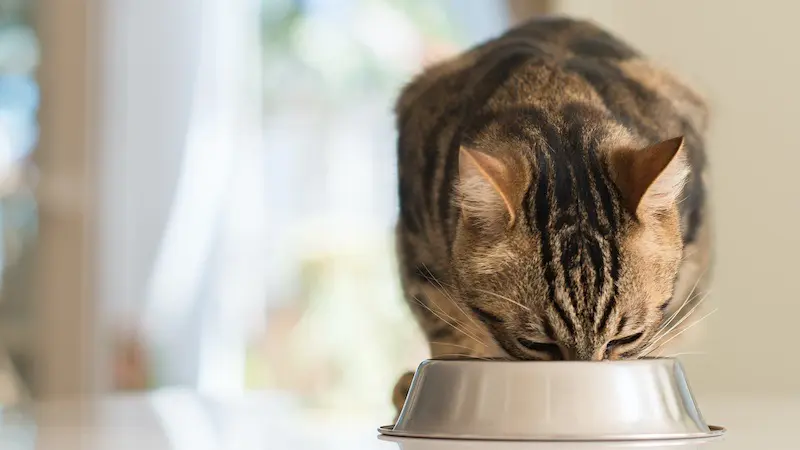Cats, revered for their independence and curiosity, prompt owners to decide whether to keep them indoors or grant them outdoor access. This choice significantly influences a cat’s safety, health, and overall quality of life. Understanding the multifaceted aspects of both indoor and outdoor living is paramount in ensuring the best environment for our feline companions.
Indoor Living: Safety and Security
Opting for an indoor lifestyle offers a controlled and sheltered environment, shielding cats from various hazards prevalent outside. Indoor cats are safeguarded from dangers like traffic accidents, confrontations with other animals, exposure to harsh weather conditions, and potential infections from wild animals or parasites.
This controlled environment contributes to longer life expectancies for indoor cats, as they are less prone to accidents, injuries, or diseases commonly encountered outdoors. Moreover, indoor living provides a consistent climate, ensuring the comfort and well-being of the cat.
Enrichment for Indoor Cats
While indoor living offers safety, it’s essential to enrich the indoor environment to fulfill a cat’s innate instincts and needs. Providing engaging toys, climbing structures, scratching posts, interactive play, and ample attention from their human companions stimulates their minds and bodies, preventing boredom and behavioral issues.
Additionally, creating vertical spaces, such as cat trees or shelves, allows indoor cats to exercise their climbing and perching instincts, offering them a sense of territory and security within the confines of their home.
Outdoor Exploration: Freedom and Stimulation
Allowing cats outdoor access satisfies their natural instincts to explore, hunt, and experience the sensory delights of the outdoors. Outdoor environments offer mental stimulation and physical activity, allowing cats to engage in behaviors like stalking, chasing, and sunbathing.
However, the great outdoors present numerous risks and dangers. Traffic accidents, encounters with aggressive animals, exposure to toxic substances, and the potential for getting lost or stolen pose significant threats to outdoor cats. Moreover, outdoor cats are more susceptible to contracting diseases and parasites.
Controlled Outdoor Access: Finding a Compromise
A compromise between indoor and outdoor living often involves providing controlled outdoor access through enclosed spaces like catios, secure gardens, or supervised outings on a harness and leash. These controlled environments offer the benefits of outdoor exploration while minimizing risks and ensuring safety.
Enclosed spaces allow cats to experience the sights, sounds, and smells of the outdoors in a protected setting, providing mental stimulation and physical exercise without exposing them to the dangers of unrestricted outdoor living.
Factors Influencing the Decision
Understanding a cat’s personality, age, health, and previous experiences plays a pivotal role in determining their suitability for outdoor or indoor living. Some cats thrive indoors and exhibit contentment with the provided stimulation and companionship, while others might express a strong desire for outdoor exploration.
Additionally, the environment in which one lives, such as a bustling urban area versus a rural setting, impacts the safety and feasibility of allowing outdoor access for cats.
Adapting to Individual Needs
Adapting to the individual needs and preferences of each cat is essential. Providing ample stimulation, environmental enrichment, and regular veterinary care is crucial for indoor cats’ well-being. Outdoor access should be balanced with safety measures, including microchipping, proper identification, vaccinations, and parasite control.
Conclusion: Ensuring a Fulfilling Life
In conclusion, the decision between indoor and outdoor living for cats involves a careful assessment of risks, benefits, and individual needs. Balancing safety, stimulation, and overall well-being is pivotal in fulfilling our feline companions’ lives.
Whether indoor, outdoor, or a blend of both, prioritizing our cats’ safety, happiness, and health should guide our decisions. Creating a nurturing and loving environment that suits their unique personalities and needs fosters strong bonds and enriching relationships between humans and their cherished feline companions.

